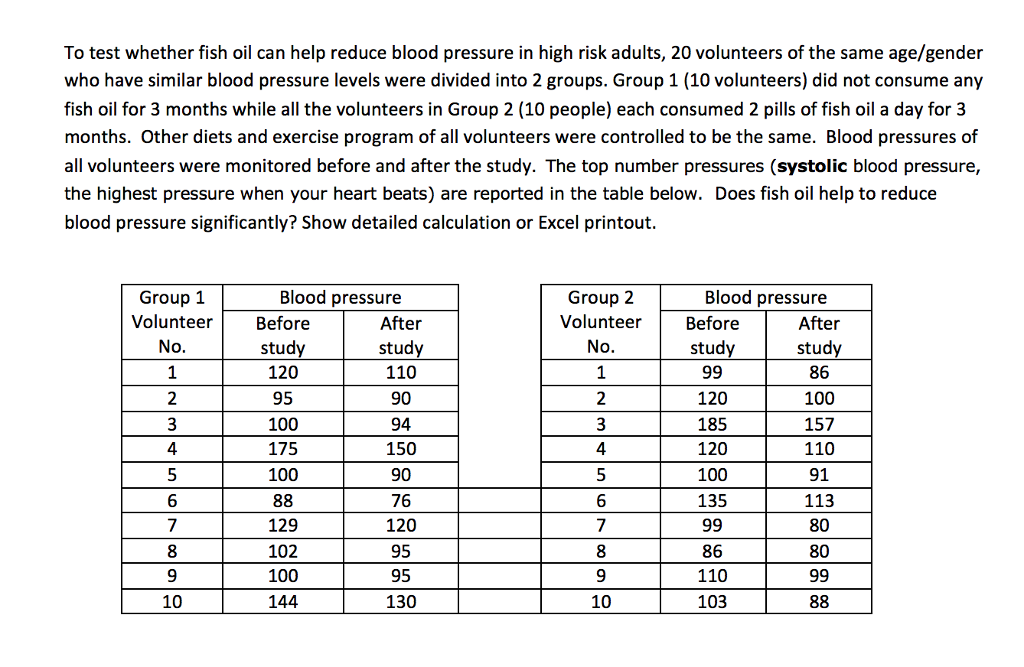
The medications for blood pressure are effective in lowering BP and increasing the life expectancy in most patients. The patients suffering from blood pressure are recommended to undergo lifestyle changes, which include dietary modifications and exercise, that are found to be effective in lowering the blood pressure and thus prevents hypertension and associated complications. The blood pressure patients are evaluated as per the standardised blood pressure (BP) measurement, combining the risk factors for cardiovascular diseases. The environmental, pathophysiological factors and genetic predisposition have contributed to the risk factors for the disease.

Hypertension is treatable but the early diagnosis and appropriate treatment is necessary for increasing the life expectancy in such patients. Hypertension is one of the major causes of morbidity and mortality worldwide which causes heart attack and stroke. The persistent high readings are confirmed as high blood pressure and treatment includes ways of lowering your blood pressure to reduce the long-term health problems. So in order to monitor high blood pressure it is necessary to have your blood pressure checked periodically. It is observed that long term presence of high blood pressure increases the risk of heart and heart related problems like heart attacks, strokes, and problems related to vital organs. The symptoms include dizziness or trouble seeing. High blood pressure is noticed and treated only after severe symptoms arise. Following this the blood pressure is measured in the arm that depicted the higher reading. The values of blood pressure which are higher are noted and considered for treatment. Whenever the blood pressure is measured for the first time, it is noted from both arms, because it is observed that sometimes the blood pressure is high when measured in one arm. In most adults, the blood pressure value which is considered to be normal is a systolic value of 140 mmHg and a diastolic blood pressure value of 90 mmHg, ie., 140/90mmHg. In case majority of the blood pressure measurements are very high, then the physician diagnoses it as high blood pressure, irrespective of either the systolic blood pressure or the diastolic blood pressure being on the higher side.The technical term used for high blood pressure is Hypertension. There are different readings for blood pressure when measured either on different days or different times of the same day.

diastolic blood pressure which is of value 88 mmHg.systolic blood pressure which is of value 132 mmHg, and a.

So a patient with a reading of 132/88 mmHg (referred as “132 over 88”) has a The readings are noted in pairs, one value denotes the systolic blood pressure value first, and the other value denotes the lower diastolic blood pressure value. Therefore, it is observed that the diastolic pressure is always lower as compared to the systolic pressure.īlood pressure is measured in units of millimetres of mercury and the unit used written as mmHg. Diastolic blood pressure: It is the pressure on the walls of blood vessels whenever the relaxation of heart muscles occurs.This pressure is caused when the heart muscle is contracting and pumps oxygenated blood out into the arteries. Systolic blood pressure : It is the pressure that arises when the heart beats.This pressure is known as blood pressure, which consists of two values: The blood when pumped, moves around the body with a pressure on the walls of the blood vessels. It supplies the other organs and tissues of the body with oxygenated blood, by ‘pumping’ blood into arteries with each heartbeat. The heart is one of the most vital organs in the human body.

What is blood pressure and its normal values?


 0 kommentar(er)
0 kommentar(er)
